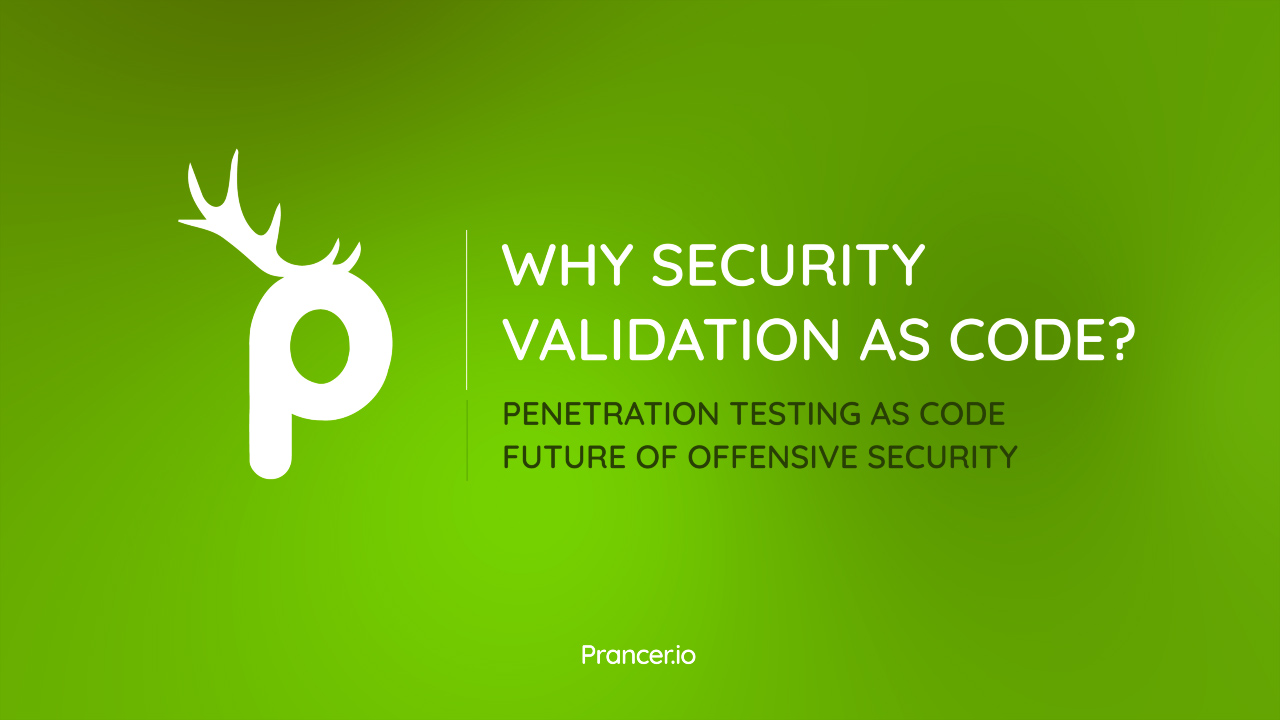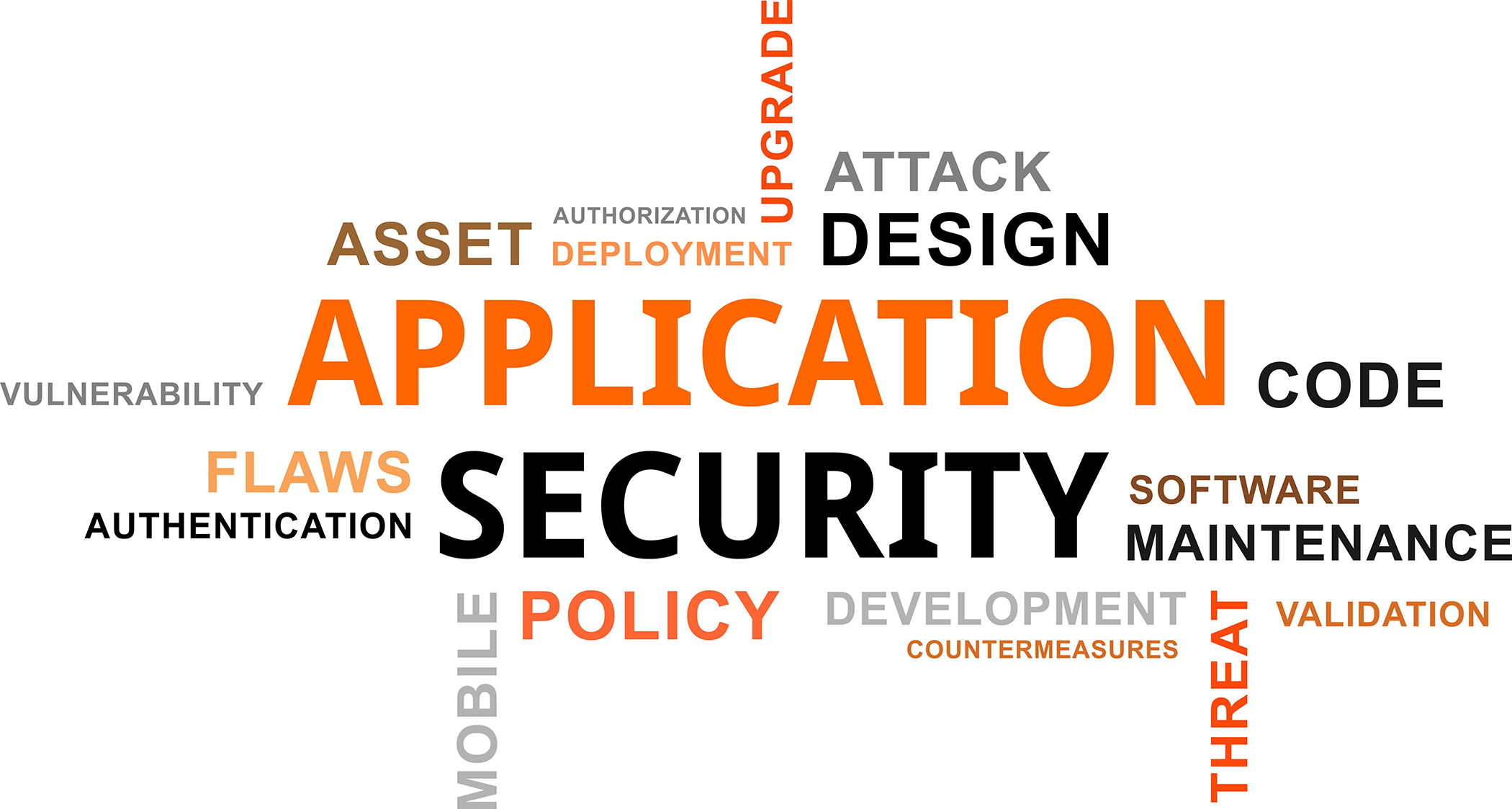

Cloud applications demand security validation to guarantee that the software is safe and compliant with security standards. It also aids in the prevention of data breaches and other threats prevalent to the public cloud.
Automated penetration testing refers to the automated validation of the safety and conformity of clouds applied in the cloud security domain. APT contributes significantly towards preventing data leaks as well as addressing the challenges that come with public cloud settings. The advanced, planned protection method of APT ensures future-proofed resistance of your cloud apps vs. changing dangers.
In the past, security validation was typically done manually by security analysts. This was time-consuming and error-prone. With the rise of DevOps, there is now a better way to do security validation. Security Validation as Code is a new approach that uses automation to validate the security of cloud applications. In this post, we are reviewing a quick background on the subject and highlighting the benefits of Security validation as code.
Most times, security checks are done by hand. It doesn’t have the repetitiveness and cleanliness involved in SDLC. In the world of CI/CD, having a manual security testing process causes big problems in how we operate. Also, it is hard to handle and arrange safety testing in different places.
Because safety test tools are not always linked with the app making things and processes, it can be hard to find out where security problems come from. Fixing safety problems would be hard.
Most modern cloud-based programs and their infrastructure depend on API. Because every part of the cloud uses the same interface and keeps things simple, we can turn most cloud security tests into code. This is done by using tools (APIs) that help this happen completely. This lets us test better and quicker.
By using APIs to run the testing, you can more closely copy how your app will work when people use it for real. This can help you find and solve issues before they become troubles for your clients.
Security Validation as Code enables validation of cloud applications and infrastructure in a more automated and API-driven way. It uses the same techniques and tools that are used for other types of testing, such as unit testing, integration testing, and regression testing. But all the security tests would be codified and kept in code repositories. To have the Security Validation as Code implemented for your company, you need to have a framework or a processing engine that can validate the cloud applications against the security tests which are available in a code repository and report back the non-compliant resources to the process.
Validation as code strives to minimize these barriers. With Security Validation as Code, security experts can define security tests in codes. The codes are shared between multiple parties and applied in various environments. your tests would have repeatability and you can get consistent results across different environments.
With Security Validation as Code, you can marry the speed of the CI/CD process with the high-quality bar of security. You can make sure if the pipeline is completed successfully, all the security tests are passed and the application is ready to be launched.
Security validation as code is also more scalable than manual testing and can be easily integrated into existing processes and tools. Your current SDLC process could have an extra step to security validate the application and environment to make sure all the configurations and codes are under compliance.

The biggest challenge with Security validation as code is to find the proper solution that can run the security tests your company is looking for. You need to find a tool that can be easily integrated into the process and read the codes from the repositories.
Also, companies prefer to have a set of ready-to-use out-of-box test cases to run against their applications and environments, rather than developing the security test cases and threat vectors from scratch. This is the problem space Prancer’s PAC attempts to solve. Prancer automatically learns your cloud eco-system and automates the security validation, Automated penetration testing and infrastructure vulnerability assessments.
Security Validation as code is still a relatively new concept, and there aren’t many solutions that provide it. However, we anticipate to see more solutions appear in the near future, as more businesses recognize the value of automating their security testing procedures.
If you’re interested in implementing Security Validation as Code for your cloud applications, sign up for Prancer Platform!
